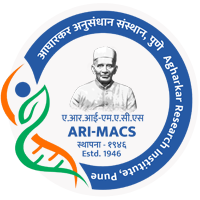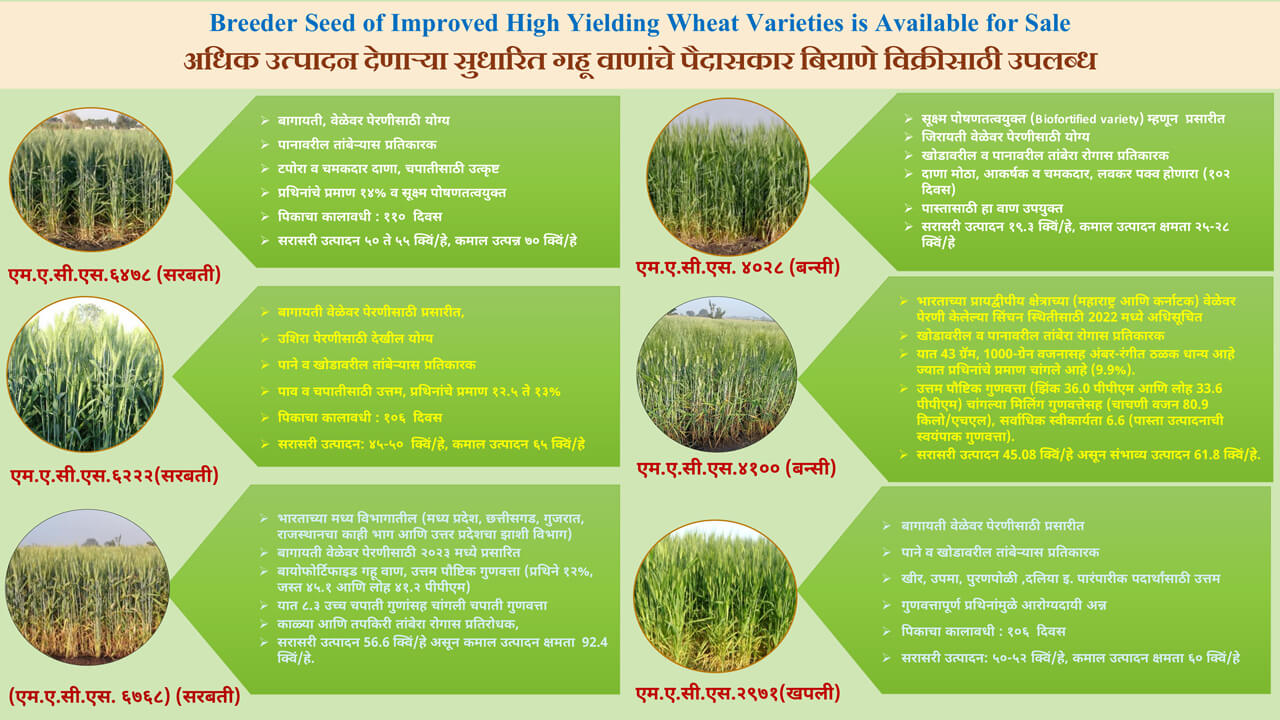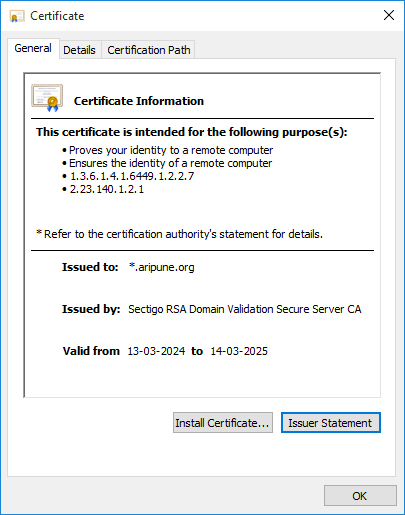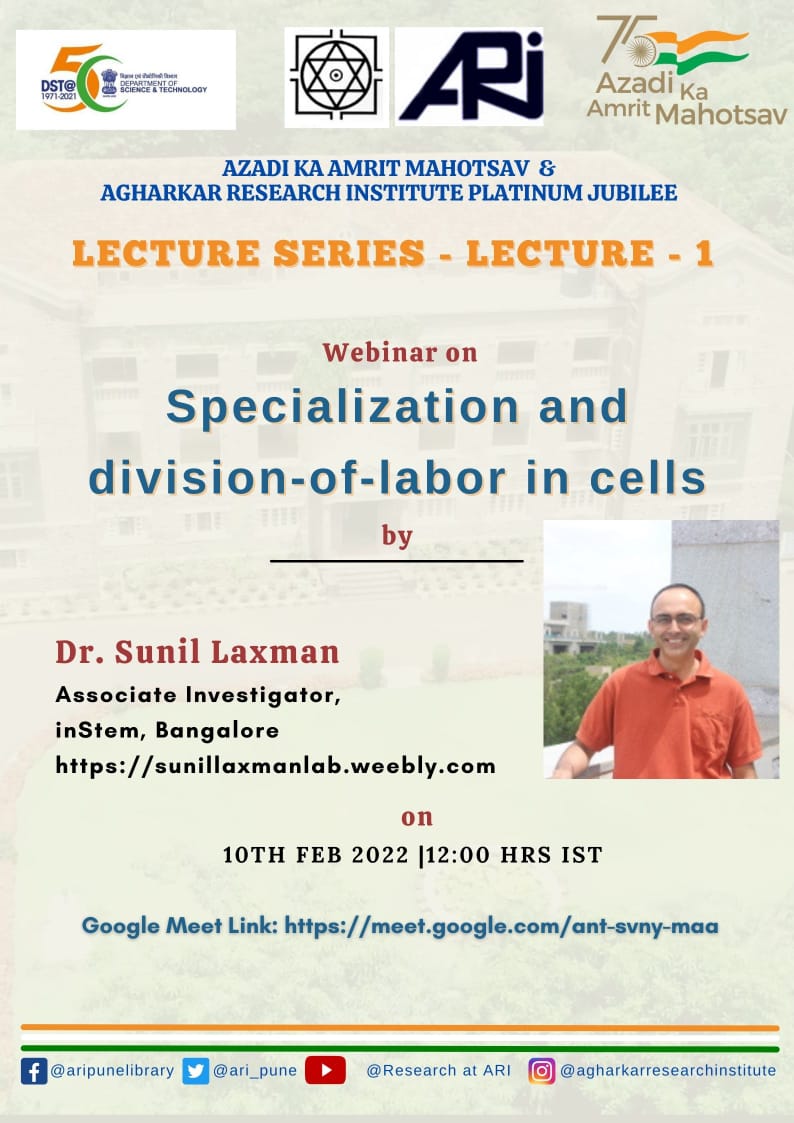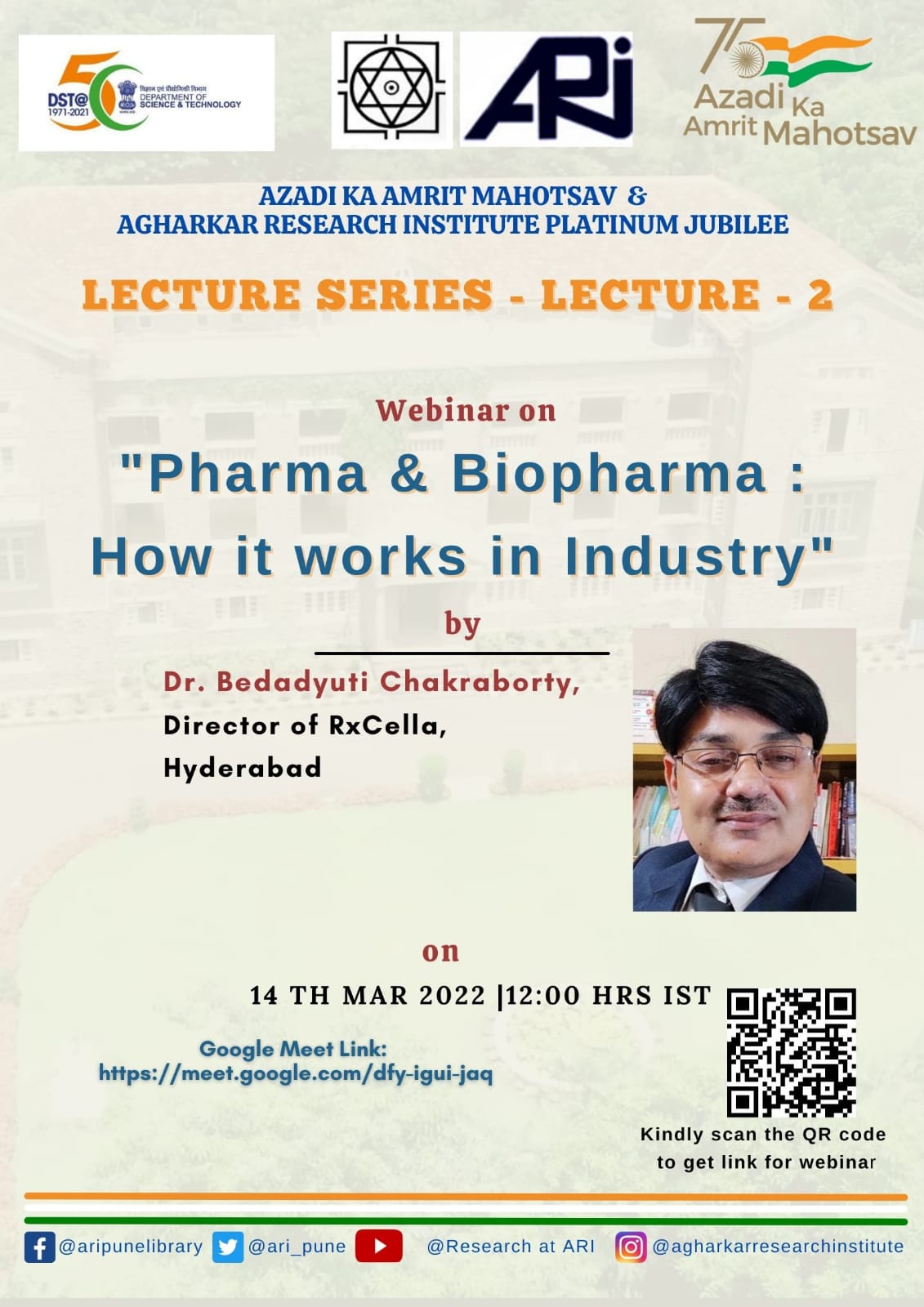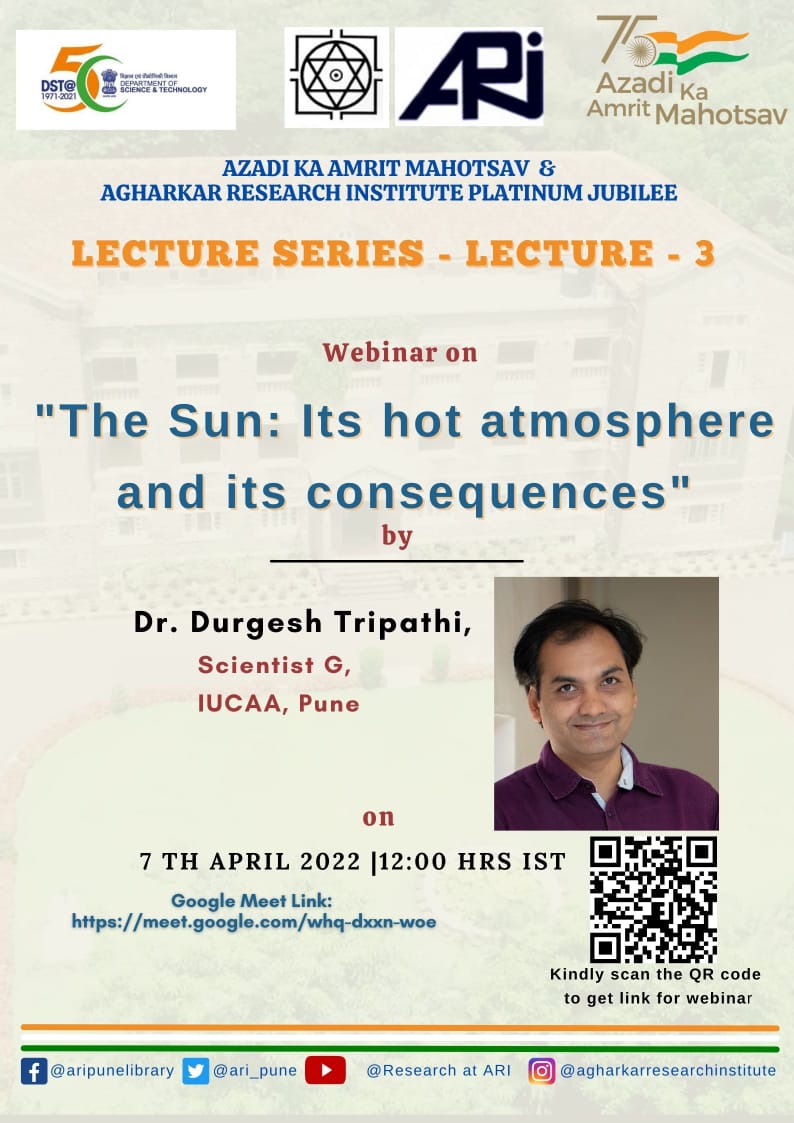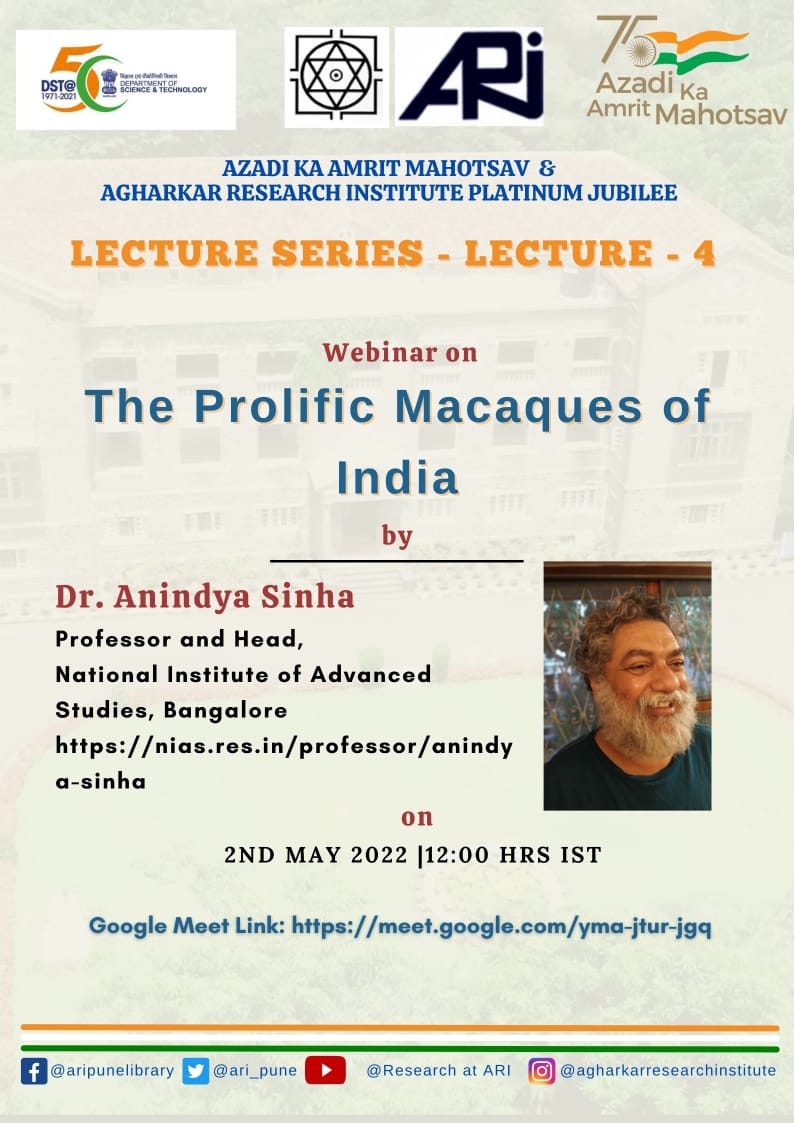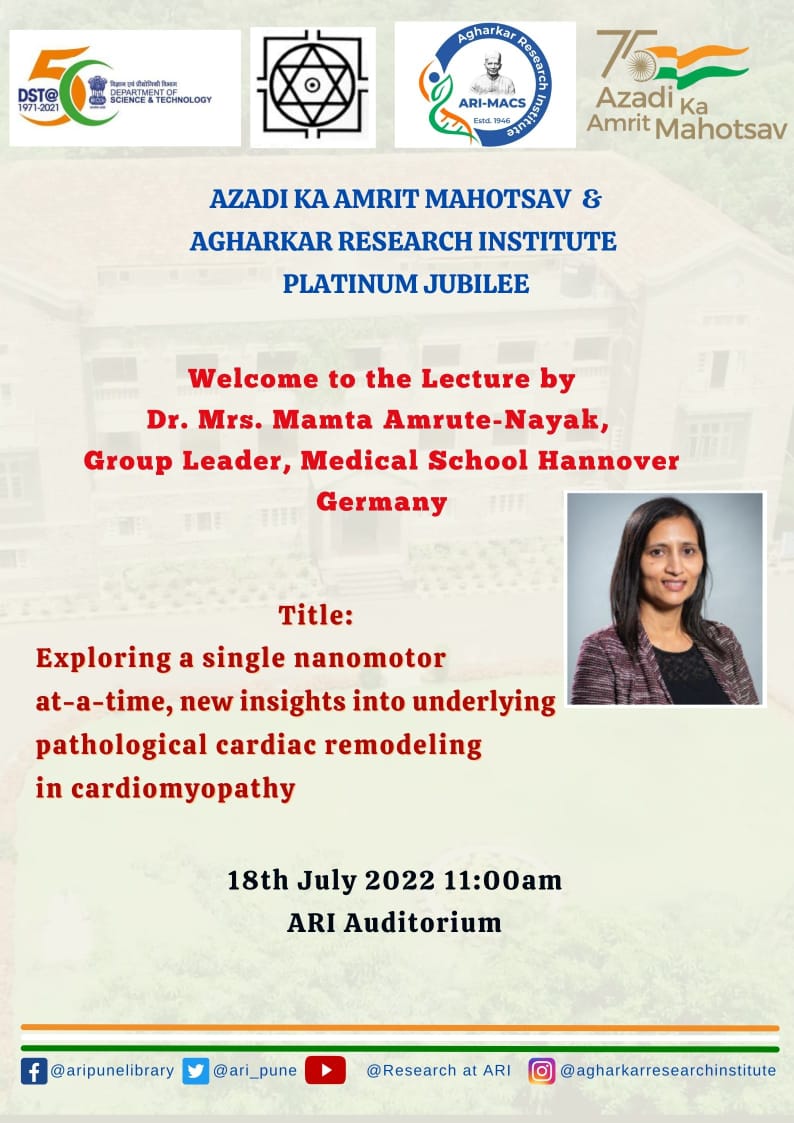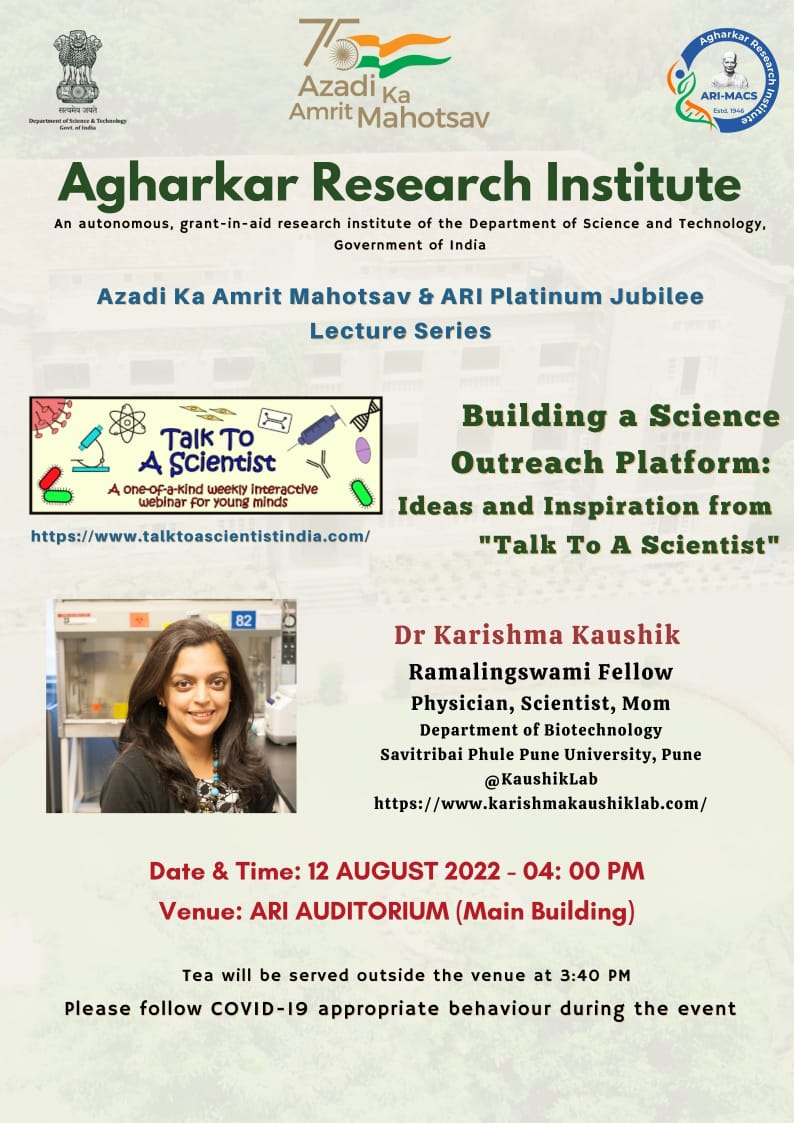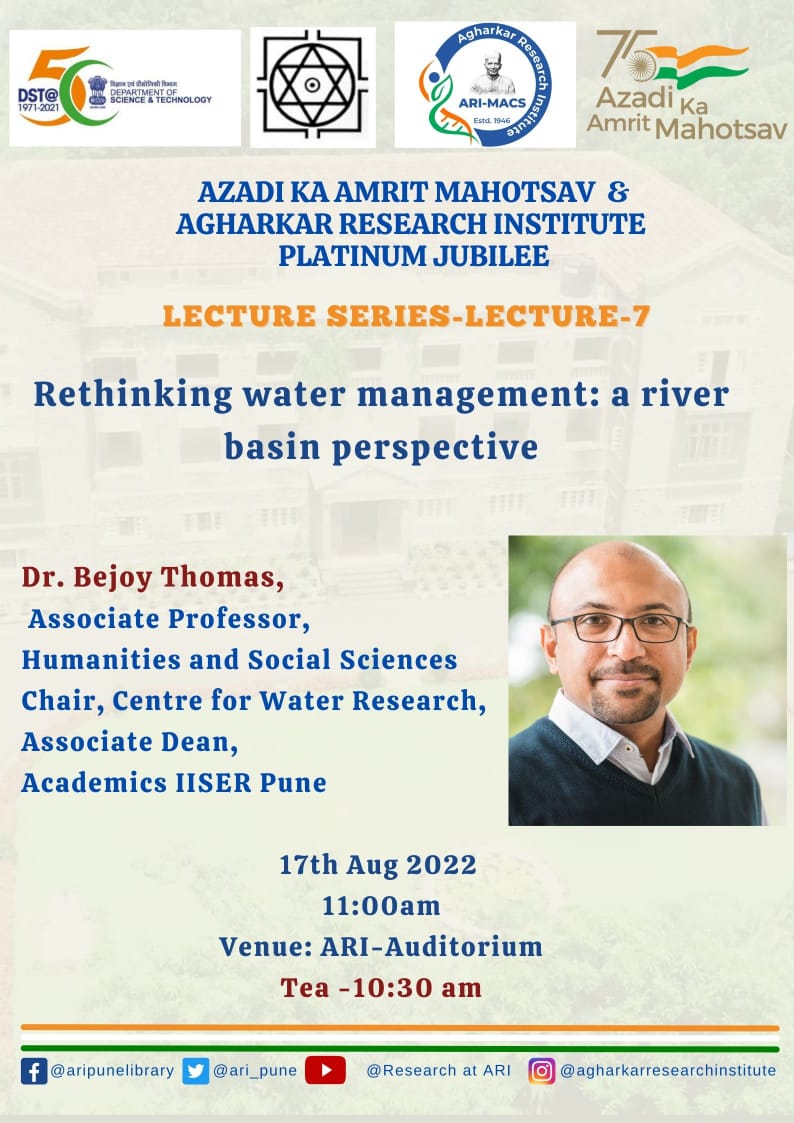
Google Scholar / Social Media
Name : Dr. Karthick Balasubramanian
Designation : Scientist – E
Brief Background :
Dr. Karthick Balasubramanian is a scientist at Agharkar Research Institute (ARI), Pune, and leads the Diatom Diversity and Distribution Lab, specializing in freshwater biodiversity with a focus on diatom taxonomy, ecology, and their applications in environmental monitoring. His research covers modern and past diatom communities, water quality assessment, the impact of emerging pollutants like microplastics, and exploring the potential of diatoms for carbon sequestration in open environments.
He has described several new diatom species from Indian rivers and leads long-term monitoring projects on the Mula-Mutha and Indrayani rivers, focusing on pollution gradients, heavy metals, and microplastics. Dr. Karthick serves as an associate editor of Diatom Research and as the academic editor for Phytotaxa. He collaborates with national and international researchers and actively engages in science outreach through school programs, public talks, and workshops. His work aims to bridge scientific research with societal impact, promoting awareness of freshwater ecosystems and environmental conservation across diverse communities
Contact Details :
+91-20-25325051, 5053 (Telephone)
- Ph.D. in Botany (2010)
University of Mysore
Focus: Ecology of Stream Diatom Communities in Central Western Ghats Streams - Master of Science (M.Sc.) in Environmental Science (2004)
JJ College of Arts and Science, Bharathidasan University, Tiruchirapalli
Focus: Stream Ecology in Sharavathi River Basin, Western Ghats. - Bachelor of Science (B.Sc.) in Microbiology (2002)
KSR College of Arts and Science, Periyar University, Salem
Specialization: Microbiology with Entomology and Biochemistry.
Research Interests:
- Diatom Taxonomy and Systematics: Exploring the taxonomic diversity of diatoms across the Indian subcontinent to understand their evolutionary relationships and biogeographic patterns.
- Diatoms for Environmental Monitoring: Applying diatom assemblages as bioindicators for assessing the health and ecological status of rivers, lakes, and other freshwater systems.
- Diatoms and Climate Change: Using diatoms as paleoenvironmental indicators to reconstruct past climate and environmental conditions from the Pleistocene to the Anthropocene.
- Diatom Biofuel: Investigating the lipid production capacity of various diatom groups to assess their potential in sustainable biofuel production.
- Diatoms in Archaeology and Forensics: Employing diatom analysis for archaeological studies and forensic investigations to provide critical environmental and situational insights.
- Emerging Contaminants and Their Interaction with Diatoms: Studying the effects of emerging contaminants such as microplastics, pharmaceuticals, and heavy metals on diatom communities to understand their ecological impact and potential use in pollution monitoring.
- Environmental Education Using Diatoms:Promoting diatom-based environmental awareness programs to foster a deeper understanding of freshwater ecosystems among students and the public
Research Projects:
- Bioresource and sustainable livelihoods in North East India Sub project: Quantitative assessment and mapping of the diversity of non-flowering plants (Diatom) of Northeast India sponsored by Department of Biotechnology. (March 2018- September 2021)
- Deciphering the past environmental conditions of freshwater Myristica swamps of Western Ghats using Diatom assemblages sponsored by the Ministry of Earth Sciences. (April 2017-September 2021).
- Diatom and cyanobacteria flora of peninsular India; molecular reinvestigation of endemic and cosmopolitan taxa across biodiversity hotspot (Western Ghats) sponsored by the International Division of Department of Science & Technology, Ministry of Science and Technology (August 2017-March 2021).
- Freshwater Diversity of Peninsular India (excluding Tamil Nadu) Taxonomic enumeration and Developing online Flora sponsored by the Ministry of Environment, Forest and Climate Change (January 2018-2021)
- Community Structure and Ecology of Diatoms in the Rocky Pools of the Western Ghats (as Mentor) sponsored by Science and Engineering Research Board (April 2018-April 2020).
- Can diatom communities across spatial and environmental gradients of Western Ghats reflect water quality conditions of streams? sponsored by the Science and Engineering Research Board (February 2016-February 2019).
- A Biological Survey of the Freshwater Algae and Benthic Macroinvertebrates of Rivers of the Western Ghats, India (as Co – Investigator) sponsored by National Geographic Society (2012-2013)
- SimRiver- Developing SimRiver in Indian languages (as Co – Investigator) sponsored by Heiwa Nakajima Foundation, Japan.(2012-2013)
- Preparation of “Illustrated Guide to Common Freshwater Diatoms of Western Ghats” sponsored by Ashoka Trust for Research in Ecology and the Environment Small Grant Program (2010-2011)
(Only 10 representative publications are listed here). Please refer to Google Scholar / ResearchGate profile for the full list of publications
-
- Sharon, Chintan Thakar, Swati Verma, Akanksha S. Kashikar, Shanti Pappu (2025) Flakes, Feelings, and Finesse: Skill Acquisition in Novice Knappers and Implications for the Palaeolithic. PaleoAnthropology. 1: xxx−xxx. https://doi.org/10.48738/2025.iss1.xxxKumar Akhilesh, Prachi Joshi, Sutonuka Bhattacharya, Yeshaswini Rajagopalan, Shalaish Baisla, Ankita Dey, Surendra Ghaskadbi, B Karthick, Mrudula Mane, Akash Pandey, Srinath Perur, Chandni Roy, Alok Sharma, Ammel
- Sunil Kumar, Kumar Ajay, Diptimayee Behera, Arif Yaseen, Balasubramanian Karthick, Sushma Prasad, Sami Ullah Bhat, Arshid Jehangir, Ambili Anoop (2024) Co-occurrence of microplastics and heavy metal contamination in freshwater aquatic system in Kashmir Himalaya: Distribution and influencing factors. Emerging Contaminants. https://doi.org/10.1016/j.emcon.2024.100394
- N Lahiri, B Phartiyal, B Karthick (2024). Significance of radiocarbon AMS chronology of Bandhavgarh National Park and Tiger Reserve from an archaeological perspective. Current Science 127 (1), 98-101.
- Pratyasha Nayak, Mital Thacker, PB Hamilton & B. Karthick (2024) Description of a new freshwater diatom (Bacillariophyta) species– Geissleria triundulata sp.nov. from the Mula-Mutha River Basin, India. Phytotaxa 661 (1), 109-119. https://doi.org/10.11646/phytotaxa.661.1.9
- Mital Thacker, Dwivedi A, Gayathri CR, & B. Karthick* (2023) Diatoms from the Ancient Pots: Exploring Pottery Sherds and Paleoenvironmental Insights in the Lower Kaveri River Basin Archaeological Landscape, Tamil Nadu. Current Science. 126(8), 916-922. 10.18520/cs/v126/i8/916-922
- Mital Thacker, Kumaran K.P.N, Paul Hamilton & B. Karthick (2023) Appraisal of Asian monsoon variability in the Indian subcontinent and East Asia through the Quaternary using diatom records. Earth Science Reviews. https://doi.org/10.1016/j.earscirev.2023.104622
- Neha Wadmare, Bart Van de Vijver, & B. Karthick (2023) What is the real Stauroneis acuta W.Smith? A critical analysis of the type material and taxonomic revision of the Indian Stauroneis acuta complex (Bacillariophyta) with the separation of two new species. Nova Hedwigia. https://doi.org/10.1127/nova_hedwigia/2023/0844
- Balasubramanian Karthick*, Murugesan Yogeshwaran & J. Patrick Kociolek (2023) A new freshwater gomphonemoid diatom genus from India, with the description of a new species from the Eastern Ghats, Phycologia, https://doi.org/10.1080/00318884.2023.2268381
- Samadhan Pardhi, Thiruvalan Kokila, Mital Thacker, B. Alakananda, & B. Karthick* (2023) Diatoms (Bacillariophyta) of the world’s highest aquatic environments from the Western Himalayas, India. Oceanological and Hydrobiological Studies. 52 (2), 172-205. https://doi.org/10.26881/oahs-2023.2.04
- Thacker, Mital; Limaye, Ruta B.; D, Padmalal; Rajaguru, S.N.; Kumaran, K.P.N.; Punekar, S.A; B. Karthick* (2023) “Holocene climate dynamics and ecological responses in Kaas Plateau, Western Ghats, India: Evidence from lacustrine deposits. Quaternary Science Advances, Volume 11, July 2023, 100087. https://doi.org/10.1016/j.qsa.2023.100087


